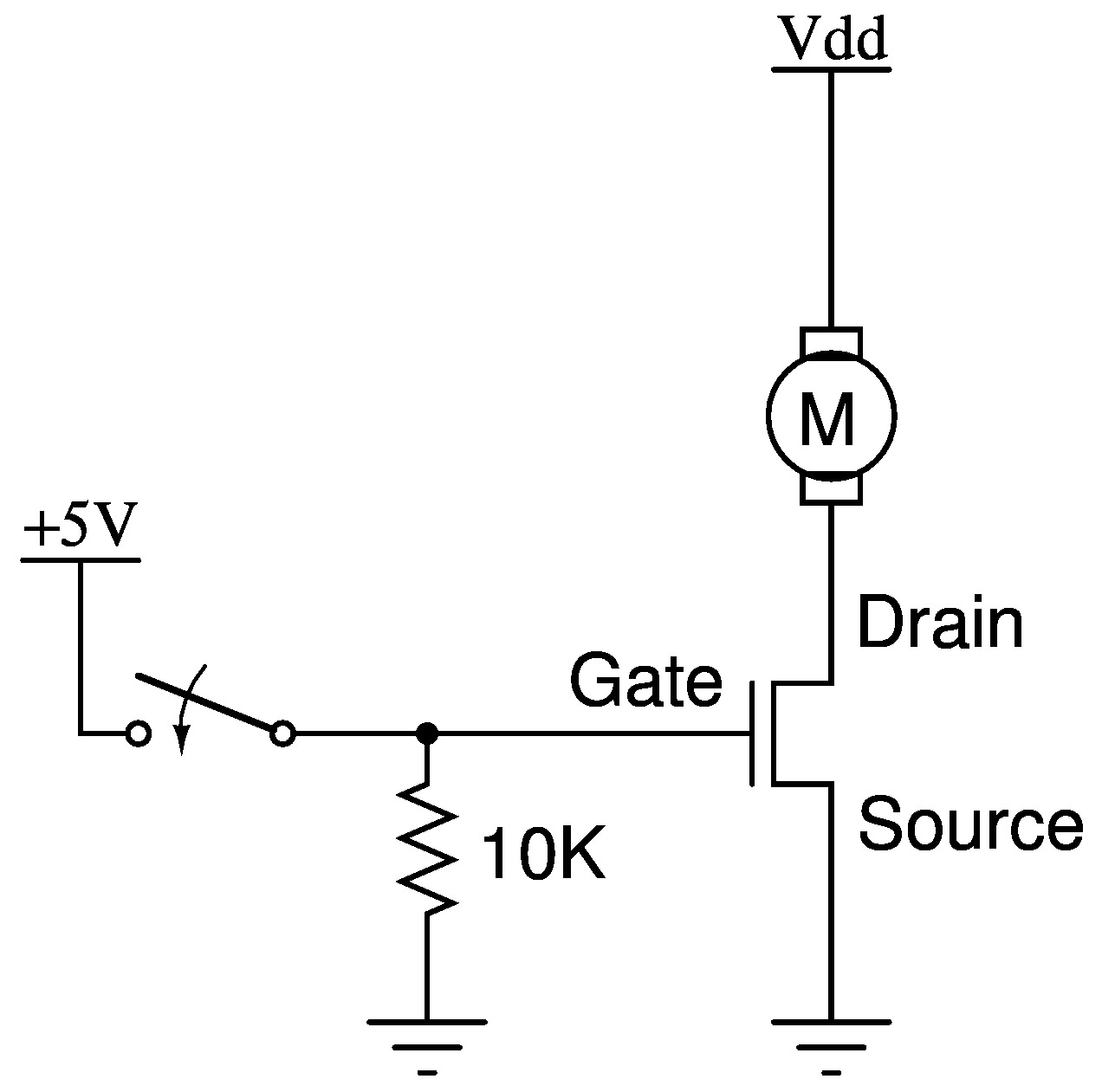JackofallTrades
Newbie level 6

I have created a simple N-MOSFET switching circuit, as seen here, except I am driving a solenoid primary instead of a motor. (If important source voltage is 24V, coil resistance is 4ohms.)

Works great, and gives nice big EMF spikes. So, I placed a 1N4007 on the circuit as a flyback diode across the solenoid. Worked to very effectively eliminate the spikes but now the solenoid's response time is suffering.
A follow up question later will involve sizing a series resistor to speed this up, but looking at the circuit had me pondering something else.
The N-MOSFET has a body diode I have read repeatedly that can be used as a "freewheeling" or flyback diode. I do not understand how this works as the diode is directionally wrong to conduct the induced current.
My only guess is that if the induced current induces a voltage higher than the body diode's breakdown voltage, it will reverse conduct. Is this how the "body diode as flyback" idea works?

Works great, and gives nice big EMF spikes. So, I placed a 1N4007 on the circuit as a flyback diode across the solenoid. Worked to very effectively eliminate the spikes but now the solenoid's response time is suffering.
A follow up question later will involve sizing a series resistor to speed this up, but looking at the circuit had me pondering something else.
The N-MOSFET has a body diode I have read repeatedly that can be used as a "freewheeling" or flyback diode. I do not understand how this works as the diode is directionally wrong to conduct the induced current.
My only guess is that if the induced current induces a voltage higher than the body diode's breakdown voltage, it will reverse conduct. Is this how the "body diode as flyback" idea works?


